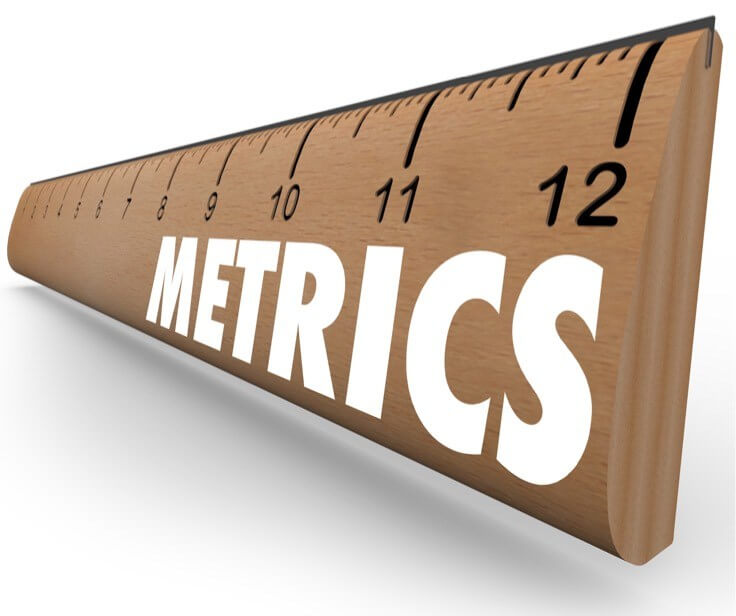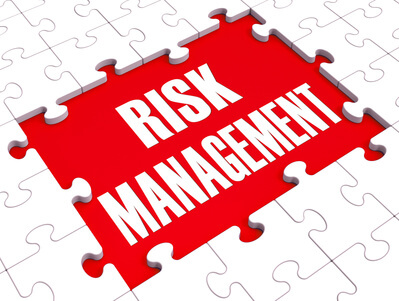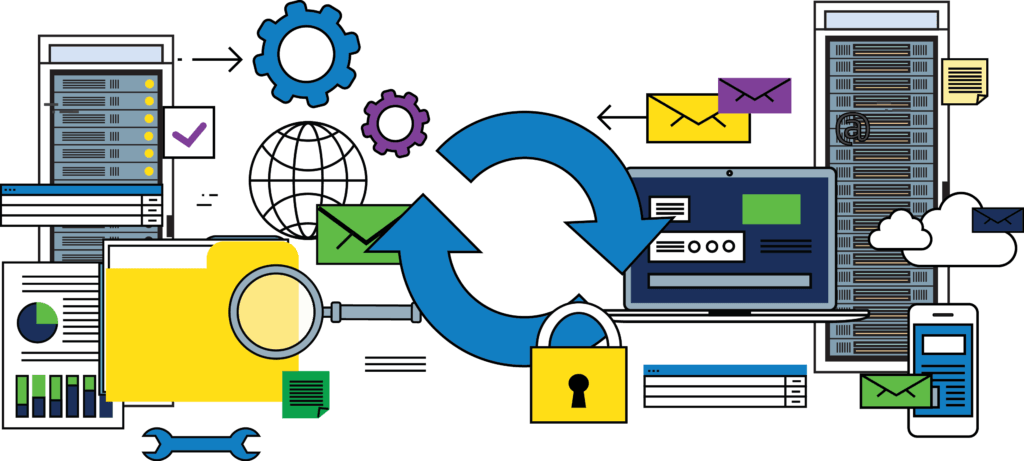Top 8 Ways To Measure The Effectiveness Of Your Accounts Payable Operation
Do you have a good measure of the effectiveness of your Account Payable operations? While there are numerous metrics in use, many are biased towards specific use cases. To limit the scope of data collection and analysis, we captured a balanced starter set that will help you to assess if your Accounts Payable Operation is working efficiently:
 1. Days Payable Outstanding (DPO)
1. Days Payable Outstanding (DPO)
Measuring the time it takes on average to pay a vendor invoice is key in order to analyze your cash flows impact on the Accounts Payable Team. When comparing the DPO to the Day Sales Outstanding (DSO, the average time it takes to collect an invoice from a customer), this gives insight into the cash flow situation. The goal usually is to have the ability to influence the DPO being (slightly) higher than the DSO and ensuring to pay vendors slower than receiving the cash from customers. It also shows the ability to collect early payment discounts.
The most common way to calculate the DPO is this formula: DPO = Accounts Payable / (Cost of Sales / Number Of Days). Usually, this is measured per month or per quarter.
Using this information depends on vendor contracts and the intent around the cash flow. If the goal is to collect early payment discounts, then the DPO should be low. If the vendor contracts generally don’t have early payment discounts, the DPO should be i) above the DSO, and ii) around the average payment terms to maintain a good credit scoring.
2. Cost per Invoice (CPI)
This measures the total costs for an invoice to be processed and paid, from receipt of the invoice, to entering it into the Accounting/ERP system, to approvals, and finally the processing of the payment. This information has a relative and an absolute component. Measuring the improvement of the Accounts Payable Team is shown in a relative reduction of CPI over time. Comparing this number to benchmarking data in the type of business operated in, shows how the Accounts Payable Operation is doing compared to “Best in Class” operations.
To calculate this, add total costs during the evaluation period for the Accounts Payable Team to the cost for all approvers (time for approving invoices and payments) and divide it by the number of invoices paid during this period of time. This should include the cost for a vendor service desk (Help Desk) and the cost for the payments made (bank fees, cost for printing and mailing checks etc.).
3. Invoices Paid Late
Divide the number of all payments made during the evaluation period by the number of invoices paid late (minus a grace period of a few days, in case you’re paying electronically). This shows the ability to manage cash flow, take early payment discounts, and how the Accounts Payable Team performance influences the credit rating of the company. Although this information is similar to the DPO, it gives more granular insight, especially when breaking it out into 5- or 10-day buckets or calculating this for particular key vendors.
4. Process Time by Process Step
Breaking out the Accounts Payable process into steps helps to identify bottlenecks. These process steps could be:
- Time from invoice date to receiving the invoice (invoice receipt date)
- Time from receiving the invoice to have it processed and ready for approval
- Time from an invoice being ready for approval to invoice being fully approved
- Time from invoice being fully approved to invoice paid
This should only be measured for invoices paid during the evaluation period (often week or month). It shows where the A/P team spends most of their time, as well as the ability to improve particular parts of the A/P process.
5. Aging Structure of the Accounts Payable Portfolio
This is usually measured in 30-day increments, with the largest percentage of invoices (number of invoices or value) being in the “Not Due” bucket, and a small percentage being in the 1-30 bucket. The total percentage of the remaining buckets should be less than the percentage of the 1-30 bucket.
6. Invoices That Went into the Exception Process
Calculated by dividing the number of total invoices paid by the number of invoices paid that went into an exception process, measured over the evaluation period. This shows how compliant vendors are with the invoicing and payment process. If the percentage of invoices in the exception process is high, this can indicate that the invoicing/payment process is too complex or too manual.
7. Invoices processed Per Day Per Accounts Payable Team Member
This shows you the effectiveness of the A/P Team members. It’s calculated by dividing the invoices processed per day by the number of Accounts Payable Team members. This should include the team members working on a Help Desk to incorporate exception processes as well.
8. Payments to be redone due to error
Calculated by the number of total payments per period divided by the number of payments that had not been successful and had to be processed again. This indicates the effectiveness of the payment process as well as the quality of the Vendor Master Data.
 If you find these metrics are shedding actionable insight into your Account Payable operation, then automating the data capture and reporting should be a priority for effective management.
If you find these metrics are shedding actionable insight into your Account Payable operation, then automating the data capture and reporting should be a priority for effective management.
Lastly, do not forget to incorporate manual errors on top of these metrics. Human errors are unavoidable but costly, they can be eliminated by automating the human tasks while preserving your current invoice processing flow.

 Modernizing your AP/AR operation need not be daunting if you take the right approach. The following guidelines can help you to mitigate your risk while transforming your AP/AR operations:
Modernizing your AP/AR operation need not be daunting if you take the right approach. The following guidelines can help you to mitigate your risk while transforming your AP/AR operations: Light-weight solution that is cloud-based (as long as it meets all security and regulatory requirements) and not require rip-and-replace is key to minimize risk. If there is no up-front platform cost or long-term contract, and charges by transaction volume, it would essentially provide you the benefit of a try-and-buy
Light-weight solution that is cloud-based (as long as it meets all security and regulatory requirements) and not require rip-and-replace is key to minimize risk. If there is no up-front platform cost or long-term contract, and charges by transaction volume, it would essentially provide you the benefit of a try-and-buy